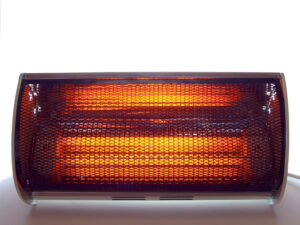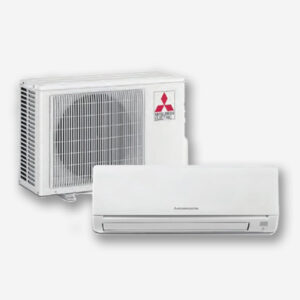Energy Efficiency, Products, Sustainable Energy Lifestyle
Think about using clean energy instead of propane to heat your home
With the cost of fossil fuels going up this winter season, the attractiveness of renewable and sustainable energy is increased. We should all think about using clean energy instead of propane to heat our homes this year.
Prices for both propane and natural gas could be as much as 180% higher** this year in some areas of the country. Although we don’t see as many freezing temperatures in our region, cold temperatures can still be significant enough to need reliable and cost effective heating for our homes.
Looking at the costs
Based on information for the US Energy Information Administration, as of the end of November in 2021, the average price per gallon for propane in our area was $2.955. Propane generates on average 91,500 BTUs per gallon. When you run the numbers you may ask, “How much is this really costing and/or saving me?”
Example: Propane Cost for an Average Sized Home
An average sized 1,500 square foot home in a mild climate would require approximately 1.5 million BTUs of propane fuel for heating each month which is approximately 16.39 gallons of propane per month. Based on a cost per gallon of $2.955, it would cost approximately $49 per month to heat the home with propane. The same size home in a moderate climate would require 3 million BTUs per month, and cost $97. A home in a severe climate would need about 5 million BTUs per month, and cost approximately $162 per month to heat. The cost per month for propane could be greater depending on the other propane appliances found in the home (eg. water heater, dryer, pool heater, etc).
Using Electricity to Heat your Home
Contrary to what you read on some websites about electricity being more expensive and less clean than propane and natural gas, it really is quite the opposite. Fossil fuels tend to be more costly in the long run.
Electric Heating the Old Way
This was NOT cheaper. Most electric heating appliances that used resistance heat (eg. space or floor board heaters) were not very efficient and used lots of electricity.

Electric Heating the New Way: Heat Pump Mini Splits
Most modern heat-pump minis-splits can heat and cool your home more efficiently. Many are 40% more efficient than forced air central HVAC systems and use no fossil fuels. Read more about heat pump mini-splits in this recent blog post.

Powering Your Mini Splits with Solar Energy
Solar power is even better than conventional electricity. It is cleaner and more cost effective. Since you are producing your own energy at a small fraction of the cost of having to purchase the same amount of energy to the utility, it is safe to assume that same energy may be more effective for the purpose of cooling and heating. Power a mini-split with energy you produce from the sun.
A Heating Cost Comparison for Different Fuel Sources
Take a look at a cost analysis made by one of our engineers. He compared a heat pump mini split (powered by electricity) with propane and natural gas.
Electric Powered Mini Split
1 – 2 Ton (24,000 BTU) Mini Split
Cost per kWh: $0.13
BTUs per watt: 15,769
COP (coefficient of performance): 3.46 (for every one unit of energy, you get 3.46 output)
kWatt Input: 2.34
Actual output in BTUH Max: 36,900 (that’s 200%+ the energy input)
Cost per hour of use: $.3042
Natural Gas
100 kBTU
Cost per KCuFt: $3.97
BTUs per Cubic Foot: 1037
Efficiency of Avg Natural Gas Heater: 80
BTU Heater Input: 100,000
Actual Output: 44,000 (that is only 44% of the energy input)
Cost per hour of use: $.38
This is 126% of energy cost of a mini split
Propane
100 kBTU
Cost per gallon: $2.93
BTUs per gallon: 84,240
Efficiency of Avg Natural Gas Heater: 80
BTU Heater Input: 100,000
Actual Output: 44,000 (that’s only 44% of the energy input)
Cost per hour of use: $3.48
This is 1145% of the energy cost of Minisplit
This is a whole lot of numbers to throw at you I know. What does it all mean!!?? In a nut shell, using mini splits to heat your home during the winter will cost you a lot less than using propane or even natural gas. Propane is 1100% more expensive and a lot less efficient. Natural gas may seem pretty cost-effective at 125% of the electric cost from using a mini-split but it also is only putting out 44% of the input energy. That’s NOT very energy efficient. It IS LOTS of WASTED ENERGY.
If fossil fuel costs continue to rise, heating your home with a heat-pump mini split powered by electricity (and even better, solar energy) is a lot more attractive. Don’t take my word for it though; just look at the numbers.
Resources
Winter Fuels Outlook 2021: Source EIA.gov
** The US Energy Administration Estimates Costs in our area to be about 20% higher this year.
Learn More about Solar Smart Living’s Heat Pump HVAC Systems. We are a Mitsubishi Diamond Dealer and will provide you with up to a 12 year warranty on system equipment and installation. We would be happy to help you with a free assessment and get you started.
See all comments